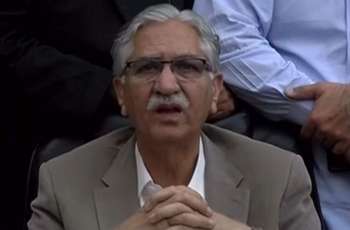The high interest rate has become another major challenge for Pakistan cement industry in FY 2018-19, ultimately raising production costs, as the expansion plan of the industry has been halted owing to flatness in domestic sale, high markup rate and huge currency depreciation
Islamabad (Pakistan Point News / Online - 08th May, 2019) The high interest rate has become another major challenge for Pakistan cement industry in FY 2018-19, ultimately raising production costs, as the expansion plan of the industry has been halted owing to flatness in domestic sale, high markup rate and huge Currency depreciation.According to the industry experts, after the reduction in allocation of the Public Sector Development Program (PSDP) the interest rate also started rising during last one and a half years from 5.
75 percent to reach 10.75 percent, leading to lower construction financing and lower demand from private sector due to lack of credit facilities."Positive programs for Pakistan's housing developments and cement demand in April 2019 have been dampened by changes in the interest rates, as well as expected lower fiscal expenditure by the government, as the State Bank of Pakistan has raised the policy rate by 50bps to 10.75 percent effective from last month.
"Experts said that the incumbent government is likely to present the Federal Budget 2019-20 in the last week of May 2019. It is possible that due to financial constraints, the government will not increase its allocation of the Public Sector Development Programme (PSDP) for 2019-20 and maintain it at around Rs675 billion.According to the State Bank of Pakistan's quarterly report, the cement industry was gearing up for nearly 50 percent increase in its capacity in 2018 and beyond on rising demand and healthy margins, inducing cement manufacturers to expand their production capacities aggressively, from the present 49.
4 million tons to 72.8 million tons in the next few years. The surge in demand was attributed to numerous projects under the Public Sector Development Programs and China-Pakistan Economic Corridor (CPEC), most of which have now been delayed or suspended due to unknown reasons.





